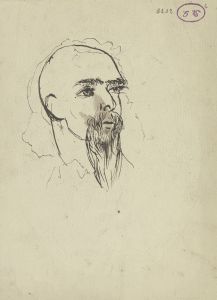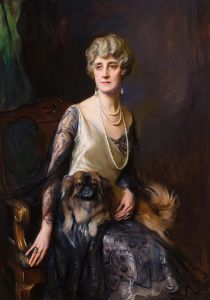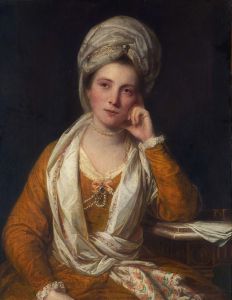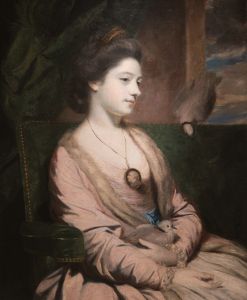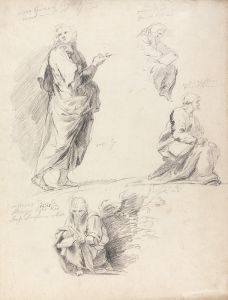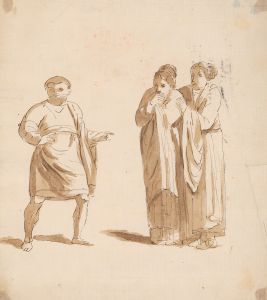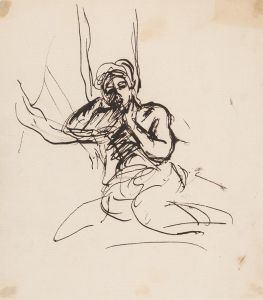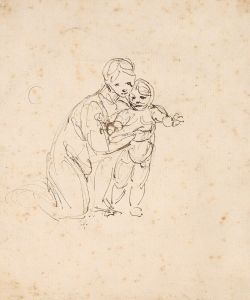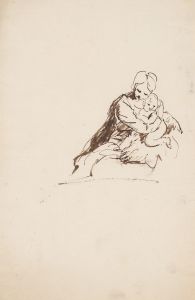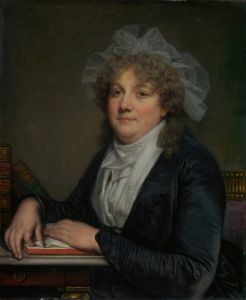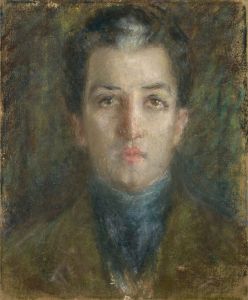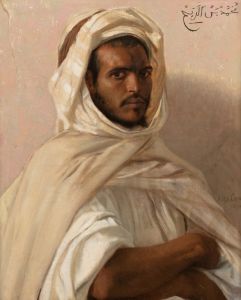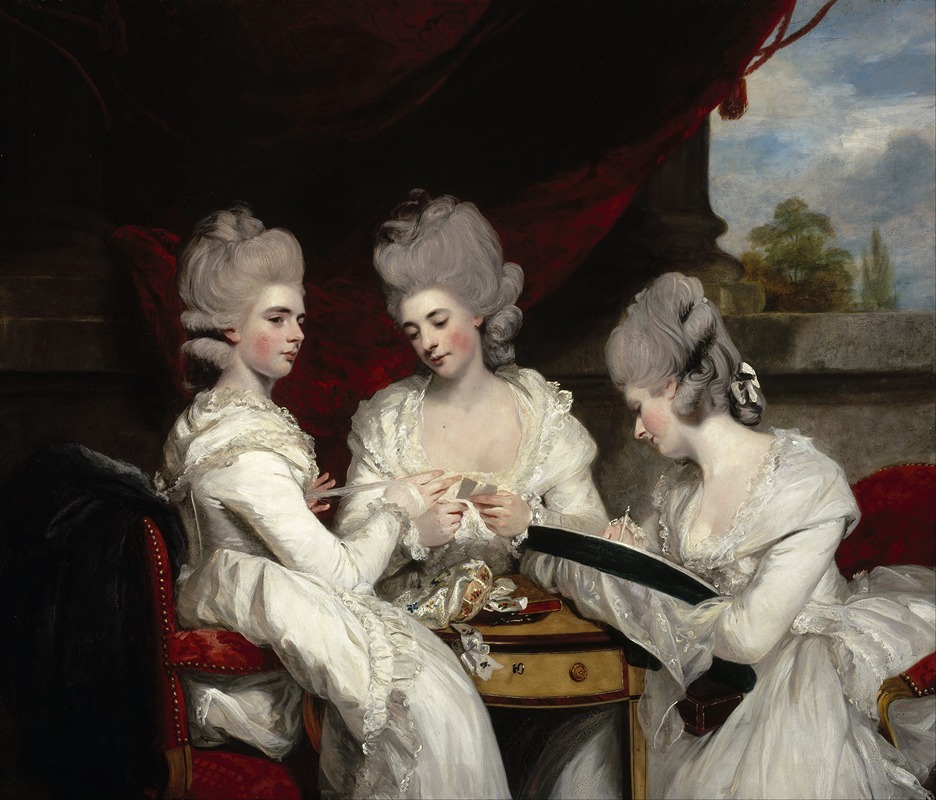
The Ladies Waldegrave
A hand-painted replica of Sir Joshua Reynolds’s masterpiece The Ladies Waldegrave, meticulously crafted by professional artists to capture the true essence of the original. Each piece is created with museum-quality canvas and rare mineral pigments, carefully painted by experienced artists with delicate brushstrokes and rich, layered colors to perfectly recreate the texture of the original artwork. Unlike machine-printed reproductions, this hand-painted version brings the painting to life, infused with the artist’s emotions and skill in every stroke. Whether for personal collection or home decoration, it instantly elevates the artistic atmosphere of any space.
"The Ladies Waldegrave" is an oil painting created by Sir Joshua Reynolds, a prominent 18th-century English portrait painter and the first president of the Royal Academy of Arts. The painting, completed in 1780, depicts the three daughters of James Waldegrave, 2nd Earl Waldegrave, and his wife, Maria Walpole, the illegitimate granddaughter of Sir Robert Walpole, Britain's first Prime Minister. The three sisters—Lady Elizabeth Laura Waldegrave, Lady Charlotte Maria Waldegrave, and Lady Anna Horatia Waldegrave—are portrayed engaging in domestic activities, emphasizing their refinement and accomplishments.
The composition of the painting is notable for its elegance and balance. The three women are arranged in a triangular formation, a common compositional device in Reynolds's work, which creates a sense of harmony and unity. Lady Elizabeth is shown winding silk, Lady Charlotte is holding a skein of thread, and Lady Anna is engaged in embroidery. These activities were considered suitable for women of their social standing and were often used in portraiture to highlight virtues such as industriousness and domesticity.
Reynolds's use of light and color in "The Ladies Waldegrave" is characteristic of his style. The soft, diffused lighting enhances the delicate features of the sitters and creates a sense of intimacy. The rich, warm tones of the women's dresses and the subtle interplay of textures in the fabric and background contribute to the painting's overall aesthetic appeal.
The painting was commissioned by the Waldegrave family and remains an important example of Reynolds's ability to capture both the individuality and the social roles of his sitters. It reflects the cultural ideals of femininity and aristocratic virtue during the late 18th century. Today, "The Ladies Waldegrave" is part of the collection at the Scottish National Gallery in Edinburgh, where it continues to be admired for its artistic and historical significance.





